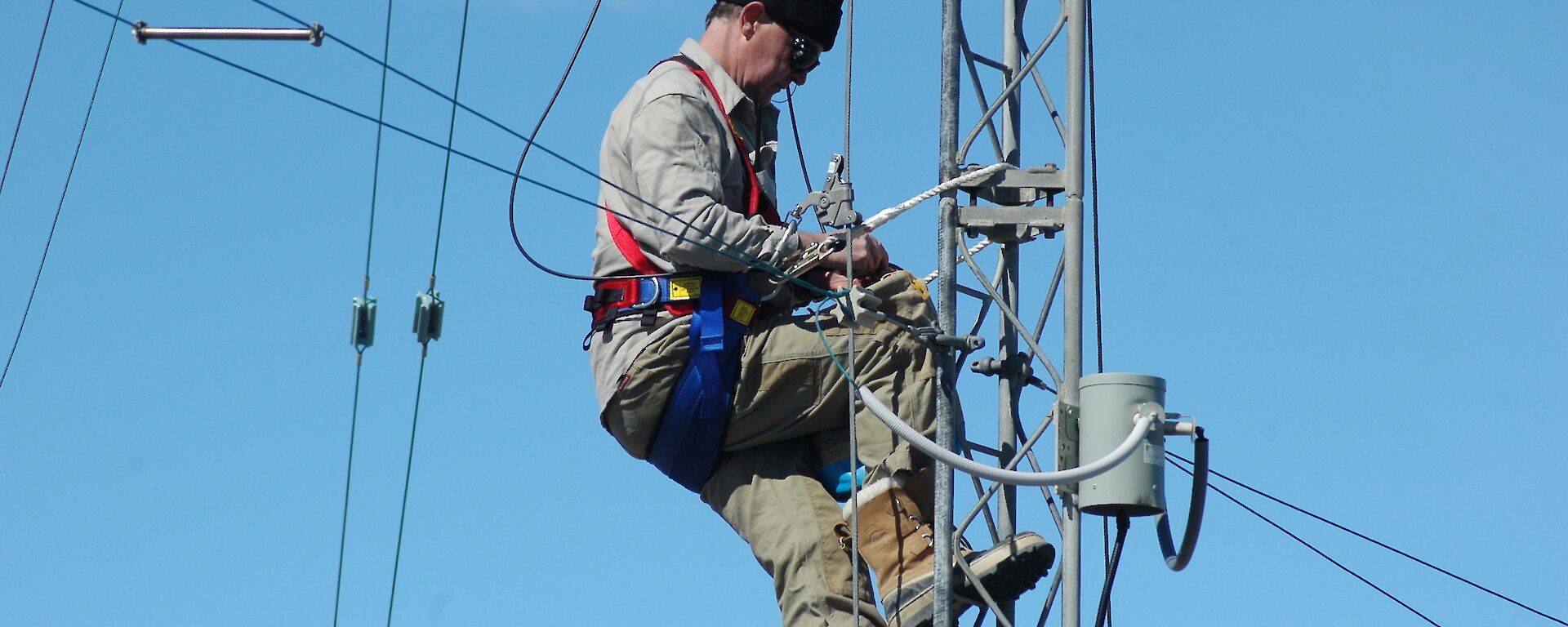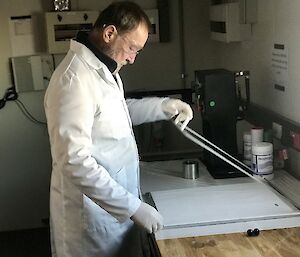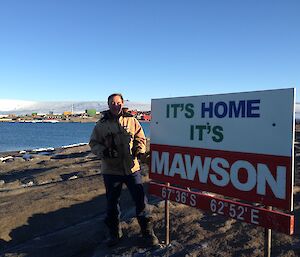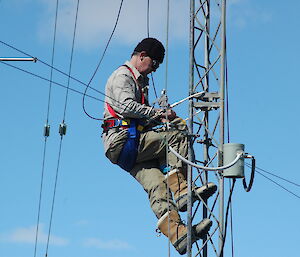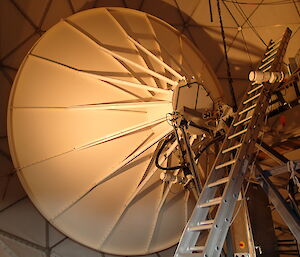Just write something about an average day in the life of a Station Communications Technical Officer (SCTO) — that was the brief given by the Station Leader attached to the latest roster.
Yes, the first thing you realise is your life in Antarctica is governed by rosters.
- Slushy Roster — kitchen duties for one day every 13 days;
- Fire Team Roster — on-call fire response team member, week on-week off;
- Saturday Duties Roster — undertake a communal duty cleaning, rubbish removal, vacuuming, mopping etc, every second Saturday;
- ARPANSA Roster — undertake the 9am daily air sampling tasks, week on-week off;
- Communications Operator Roster — monitor and maintain radio communications both on station and to field parties, week on-week off;
- Hydroponics Roster — maintain the hydroponics facility, check nutrients, water and pH levels daily, one week every 6 weeks;
- Icy News Roster — write an station update for the AAD public web page, every 10 weeks;
- A roster for listing the rosters!
After that is all sorted then you're able to start working the skill-set the Antarctic Division initially employed you for. As the only communications technical officer on station, one of the key attractions for me is the variety of jobs I undertake. This year I am mentoring a mini-me SCTO (aka Station Leader) who shows ability and a keenness to learn the finer secrets of the role.
Like Forrest Gump said “Life is like a box of chocolates — you never know what you’re gonna get”.
I start each day with a plan of what I want to work on — but that’s quickly thrown out the window as the day unfolds and other issues that always pop up take precedence.
Communications facilities at the Australian stations are as varied as they are complex. In general, my responsibilities include the operation, maintenance and repair of the following:
Satellite Networks — ANARESAT, BGAN, Iridium (mobile and fixed)
VHF radios — mobile handheld, vehicle mounted, fixed station and field huts
Remote VHF radio repeaters
HF radios — mobile and fixed up to 1kW
Antenna Systems — HF, VHF, UHF
Printers and Multifunction devices
Communications Centre radio consoles
IT Network — LAN, WAN devices, WLAN devices, servers, switches, routers, wireless devices, mobile GSM system, VoIP phones
Cabling — fibre optic, structured network, coaxial and multipair copper
Radars, GPS’s, X Ray machine, web cameras, intercoms
Video conferencing devices, AV equipment (digital projectors, FM transmitters, CD/DVD players, audio amps, TV’s etc)
Finally the installation and commissioning of any specific projects planned for the station this year.
A key objective of Australia’s presence in Antarctica is promoting science and my role involves the operation, maintenance, repair and support of a variety of science projects such as:
- ARPANSA — Air Sampling, UV Radiation Sensors, Comprehensive Nuclear-Test-Ban Treaty (CTBT) monitoring
- Geoscience Australia — absolute magnetic observations, seismic equipment monitoring
- Tide Gauges — data downloads
- Penguin Monitoring Cameras — data downloads
Maintaining High Frequency (HF) masts and antennas — although no longer our primary means of communicating they still have a presence that requires adapting to working in different environments that you wouldn’t normally come across as a communications technician anywhere else.
A lot has changed since I wintered here 20 years ago and even more since my first summer in 1991/92 when there were 27 dogs still on station. Communication has come a long way in that time too, from a phone call home once a week to now being contactable 24/7.
There is one common thread that is still as necessary now as it was in Mawson’s day, and that is you need people on the ground to keep things going. If you have ever thought about applying for a position with the Australian Antarctic Division — don’t hesitate, put your application in.
You never know till you have a go.
Dave (Mawson SCTO)

